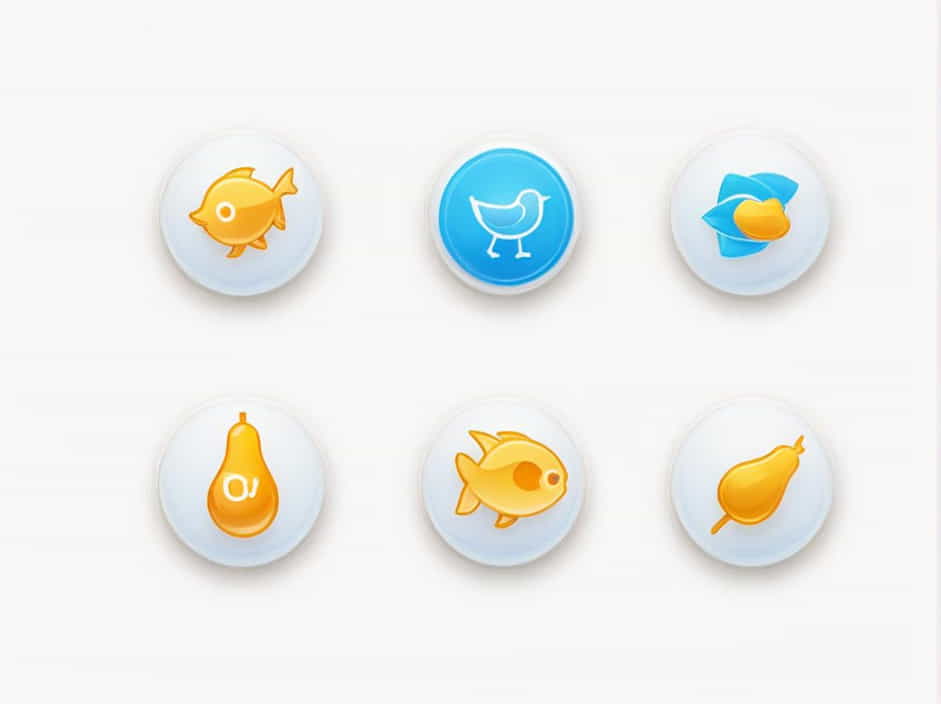The term oviparous refers to animals that reproduce by laying eggs. These eggs develop and hatch outside the mother’s body. This method of reproduction is common in birds, reptiles, amphibians, fish, and certain insects.
Understanding oviparous animals provides insights into different reproductive strategies in the animal kingdom. This topic explores the meaning of oviparous, examples, advantages, and differences from other reproductive modes like viviparous and ovoviviparous reproduction.
What Does Oviparous Mean?
The word oviparous comes from the Latin words ovum (egg) and parere (to bring forth). Oviparous animals lay eggs, which develop outside the mother’s body until they hatch. The embryos inside the eggs rely on the nutrients stored within the egg yolk for growth.
Key Features of Oviparous Reproduction
- Eggs are laid externally in a safe environment.
- Embryos develop inside the egg rather than inside the mother’s body.
- The mother does not provide direct nourishment to the embryo after laying the egg.
- Hatching occurs when the embryo is fully developed.
Examples of Oviparous Animals
Oviparous reproduction occurs in various animal groups, including birds, reptiles, amphibians, fish, and insects.
1. Birds
All birds are oviparous, meaning they lay eggs. The shells of bird eggs are hard and provide protection to the developing embryo.
Examples:
- Chickens
- Eagles
- Owls
- Penguins
2. Reptiles
Most reptiles lay eggs with soft, leathery shells that prevent desiccation. Some reptiles bury their eggs in sand or soil for protection.
Examples:
- Turtles
- Crocodiles
- Snakes
- Lizards
3. Amphibians
Amphibians lay their eggs in water or moist environments. Their eggs lack shells and are surrounded by a gelatinous layer for protection.
Examples:
- Frogs
- Toads
- Salamanders
4. Fish
Most fish are oviparous and lay eggs in water. The eggs are often fertilized externally.
Examples:
- Salmon
- Goldfish
- Tuna
- Carp
5. Insects
Many insects lay eggs that hatch into larvae or nymphs before maturing into adults.
Examples:
- Butterflies
- Beetles
- Grasshoppers
- Mosquitoes
How Oviparous Animals Reproduce
1. Egg Formation
Oviparous animals produce eggs in their reproductive organs. The eggs contain nutrients that support the developing embryo.
2. Egg Laying
After fertilization, the eggs are laid in a suitable environment, such as nests, water, or underground burrows.
3. Incubation and Development
The embryo grows inside the egg using nutrients from the yolk. Some species, like birds, incubate their eggs using body heat.
4. Hatching
Once the embryo is fully developed, it hatches from the egg and begins an independent life.
Advantages of Oviparous Reproduction
1. Increased Offspring Production
Oviparous animals often lay many eggs, increasing the chances of survival.
2. Lower Energy Demand on the Mother
Since embryos develop outside the mother’s body, the mother does not need to provide continuous nourishment after egg-laying.
3. Adaptation to Various Environments
Eggs can be laid in safe locations like nests, burrows, or water bodies, protecting the developing embryos.
4. Less Physical Burden
Unlike viviparous animals, oviparous mothers do not carry developing embryos inside their bodies, allowing them to move freely.
Oviparous vs. Viviparous vs. Ovoviviparous
Animals reproduce in different ways, and oviparous reproduction is just one method. Here’s how it compares to others:
| Reproduction Type | Definition | Examples |
|---|---|---|
| Oviparous | Lays eggs that develop outside the mother’s body | Birds, reptiles, amphibians, fish |
| Viviparous | Gives birth to live young; embryo develops inside the mother’s body with nourishment from the placenta | Humans, dogs, whales |
| Ovoviviparous | Eggs develop inside the mother, but hatch internally before live birth | Sharks, some snakes |
Key Differences:
- Oviparous: Eggs hatch outside the body.
- Viviparous: Embryos develop inside the mother and are born live.
- Ovoviviparous: Eggs hatch inside the mother, and live young are born.
Oviparous Animals and Parental Care
Parental care in oviparous animals varies. Some species actively protect and incubate their eggs, while others leave them to develop independently.
1. High Parental Care
- Birds incubate eggs using body heat and feed their young after hatching.
- Crocodiles guard their nests and help hatchlings reach the water.
2. Minimal or No Parental Care
- Frogs and fish lay eggs in water and leave them.
- Insects often lay eggs in places where larvae can find food but do not protect them.
Parental investment often depends on the number of eggs laid—species that lay fewer eggs typically provide more care.
Why Are Some Animals Oviparous?
The evolution of oviparous reproduction is linked to environmental adaptations. Animals that lay eggs benefit from:
- Reduced pregnancy risks, as the mother does not carry developing offspring.
- Increased reproductive output, allowing for more offspring.
- Protection of embryos by laying eggs in safe environments.
The term oviparous refers to animals that lay eggs, allowing embryos to develop outside the mother’s body. This method of reproduction is widespread among birds, reptiles, amphibians, fish, and insects.
Oviparous reproduction has many advantages, including higher offspring production, lower maternal energy investment, and adaptation to diverse environments. However, parental care varies among species, with some actively protecting their eggs while others leave them to develop independently.
Understanding oviparous reproduction helps us appreciate the diverse ways animals bring new life into the world and how evolution has shaped different reproductive strategies.
